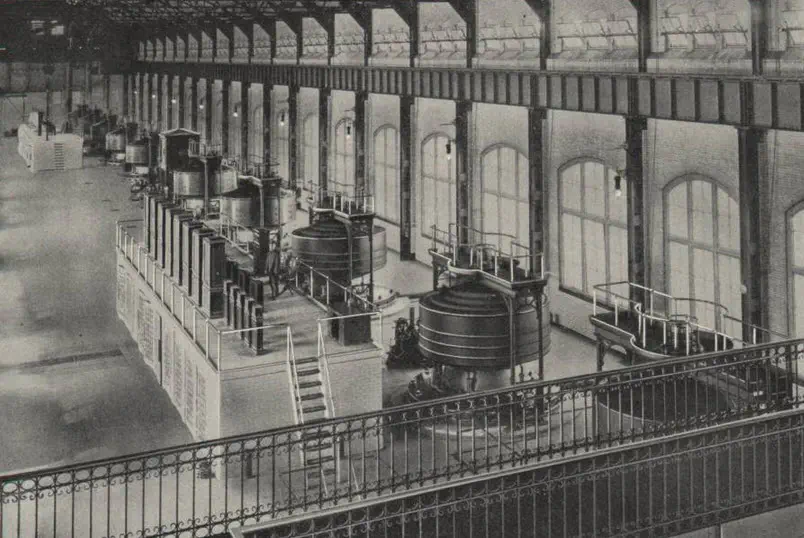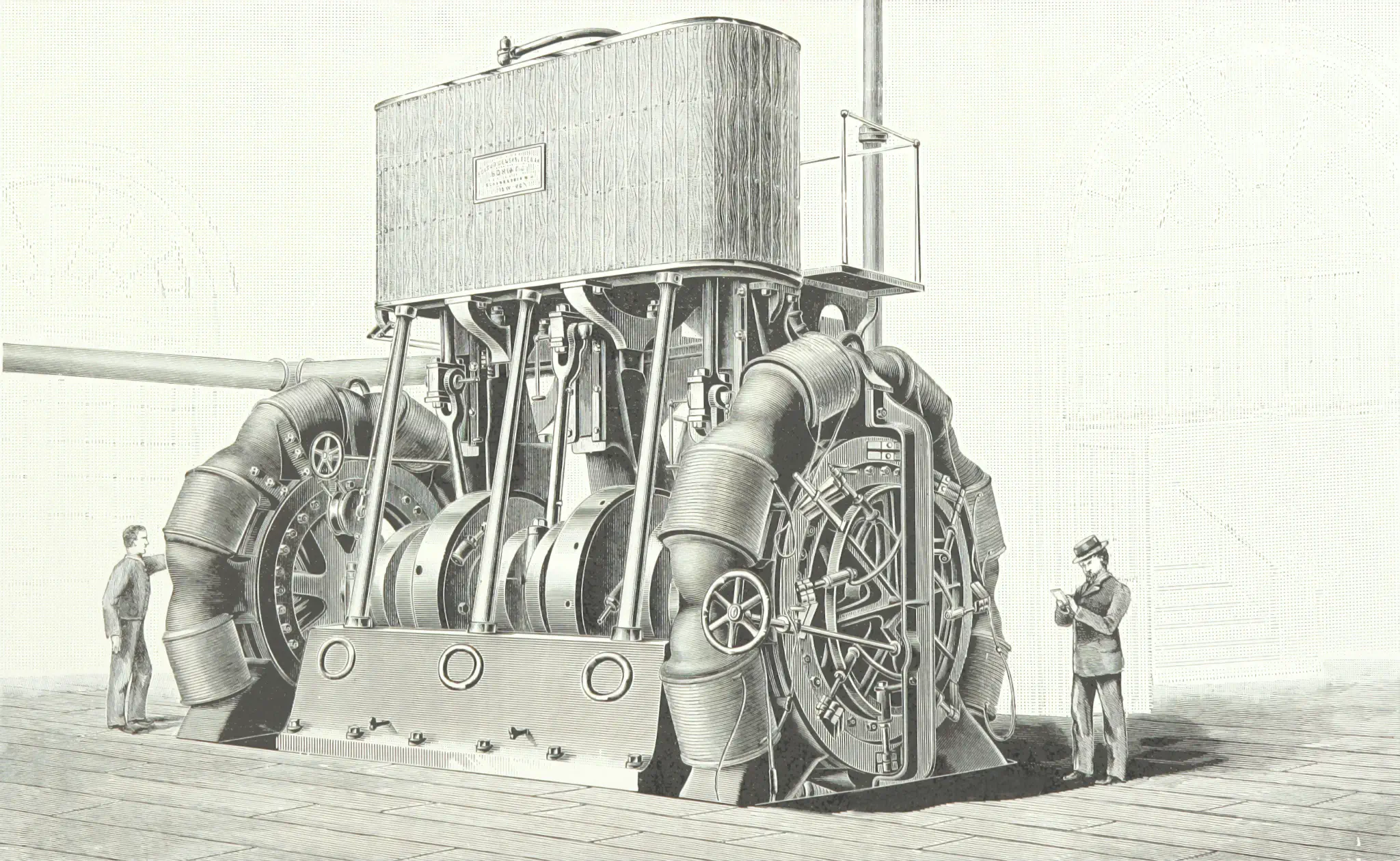Westinghouse creates the first public relations team
Series: The history of modern technical propaganda
25th of February, 2024
Edison was winning the public relations battle in the current wars. After hundreds of gruesome electrocution displays of criminals and animals at carnivals and events across America, the general public was ready to believe that AC was dangerous and DC was safe. The Westinghouse Company needed to win back public support for AC. They really needed to help the public understand that the risks of AC were minor given the potential benefits: cheap and ubiquitous electricity in every home and business in America.
To achieve this goal, a temporary team was formed at The Westinghouse Company to reframe public opinion of AC and refute the disinformation campaign. The primary non-technical goal of Westinghouse was to educate the public about the safety and efficiency of alternating current (AC) electricity, counteract the negative propaganda spread by Thomas Edison and his DC advocates, and showcase the superiority of AC for long-distance power transmission.
In 1889, the Westinghouse Company had assembled what is now recognized as one of the first known public relations teams in corporate history. They utilized less propaganda and more education, including technical demonstrations, the publishing of scientific papers, and various political lobbying efforts to influence opinion leaders and policymakers (I didn’t say zero propaganda). All of these strategic moves were aimed to win the battle of currents and also to establish Westinghouse as a leader. This campaign was centralized under the direction of their newly formed public relations team that didn’t have a name.1
A rough timeline of events:
- 1886 – Westinghouse was formed and began to license various AC patents.
- 1886 – The first multiple-voltage power system was piloted in Massachusetts.
- 1888 – Westinghouse licensed Tesla’s polyphase AC induction motor patent.
- 1889 – Westinghouse created the first public relations team.
- 1893 – Westinghouse won a contract from the Niagara Falls Power Company to power Buffalo, New York, using AC power.
- 1895 – Tesla helped design the first hydroelectric power plant in Niagara Falls.
- 1896 – On November 16th, Buffalo’s electrification with AC power marked a significant milestone in the city’s history and a significant milestone for the adoption of AC electricity.

On the technical front, the first hydroelectric power plant at Niagara Falls – a collaboration between Nikola Tesla and George Westinghouse – was crucial for Buffalo’s electrification. Yet, technical innovation alone wasn’t enough to guarantee ACs long-term market success. Westinghouse’s strategy to gain public support for AC, by demonstrating its real-world advantages, was pivotal for its widespread adoption. Westinghouse’s methods to unlock incremental results, such as showcasing their technology at trade shows, publishing scientific and educational content, and engaging in political lobbying, proved to be the winning strategy. Each incremental, tangible result was the fuel for another, like how JVC created a positive feedback loop for VHS and eventually won the videotape format wars.

Even after the success of AC adoption in Buffalo, the team that helped make it happen still didn’t have a formal name; the term “public relations” wasn’t printed in a publication until 1897. But the accomplishments of the Westinghouse PR team paved the way for the public relations and marketing profession as we know it today, and significantly contributed to the widespread adoption of AC technology in the electrical industry.2
In a way, we might argue that the formalization of an ethical public relations department is a weapon against the type of propaganda that Edison’s companies were engaging in at the time. This is important to call out, because not all public relations is propaganda, but all propaganda can be seen as a form of public relations, as propaganda involves managing information and influencing public perception. Ethical public relations is based on honesty, transparency, and providing factual information, which distinguishes it from propaganda. This will become an essential concept as we explore modern technical propaganda later in this series.
The “war” between the Edison Company and the Westinghouse Company offers a classic example of how the competition for public support plays out when one party uses fear-based tactics, and the other counters with more informative and ethical communications. It can serve as an extreme example for technologists on how to and how not to engage in such campaigns for support.
We’ve covered a lot of ground, but there are a few questions yet to be answered:
- What actually led to public relations being adopted on a wider scale?
- What ushered in the evolution of carnival tent medicine hucksters and shock-value propagandists into respectable professionals?
- How do the innovations of over 100 years ago continue to influence technical marketing today?
To answer these questions, we need to explore industrialization. As electicity became ubiquitous, and automation created a nearly infinite supply of goods to be purchased, there was a problem. Society were not yet made up of consumers. In the late 1800s, people only purchased what they needed. Corporations needed to create demand.
Industrial scale supply without industrial scale demand
The industrial revolution was much more than dingy factories at the edge of town. Industrialization meant profound changes in transportation, communication, and education. Before industrialization, society was local. Power and influence revolved around the local leaders of tight-knit communities, like ministers and politicians. All of this was changing. All of a sudden goods, ideas, religion, people, and influence could easily flow across an entire continent. Power and influence was being redistributed to the general public, but capitalists wanted to centralize influence.
“The steam engine, the multiple press, and the public school, that trio of the industrial revolution, have taken the power away from the kings and given it to the people.” – Edward Bernays, Propaganda (1928)

The control of influence was critical for capitalists of the era. The production of goods, previously limited by human labour constraints, was increasing at a rapid rate with the emergence of industrial-scale communication, energy, and automation. Automation was unlocking radical new levels of productivity never before dreamed of, and supply constraints were vanishing. The problem is this: unless people desire the goods you produce, you have no customers.
The economy of the era was a different concept; essentially, the production of goods existed to serve people’s needs, rather than the other way around. Thus, industrialization initially posed a structural challenge for capitalists. With demand for goods relatively flat, increased production capacity was of no benefit. This was the complete opposite of a “supply chain shortage”; for instance, there can be no shortage of electrified washing machines if people don’t think they need a washing machine. (At the time, washing machines were actually a tough sell for the home. It was less scary to go to the river at night rather than wire up a motor sitting right below a big drum of water into your alternating current wall outlet.)
Continue reading
As we’ve learned from the electrical current wars, industrialists of the era couldn’t count on a market to automatically exist for a new product. They had to learn how to make markets. They needed a way to usher in a new era of consumerism to ensure that all of the goods being produced by the new factories of the era had buyers. They had to create the conditions for goods to be sold, rather than simply trying to sell goods.
We will connect the propaganda of the 1600s to the pre-marketing world of the early 1900s to the formation of public relations and marketing as respected professions. Principles of propaganda were about to be infused with an emerging new discipline: psychoanalysis. Most of our lives are shaped by this chain of events, without even realizing it. With new concepts from psychoanalysis, marketing professionals could make entire markets for goods never before in demand, from luxury brands to corporate food.
Next (part 5 of 7): The evolution of public relations and psychoanalysis
The Trials and Tribulations of George Westinghouse, Serial Entrepreneur ↩︎
“1897 American Journalism’s Exceptional Year.” 1897 American Journalism’s Exceptional Year. N.p., n.d. Web. April 22, 2013. ↩︎